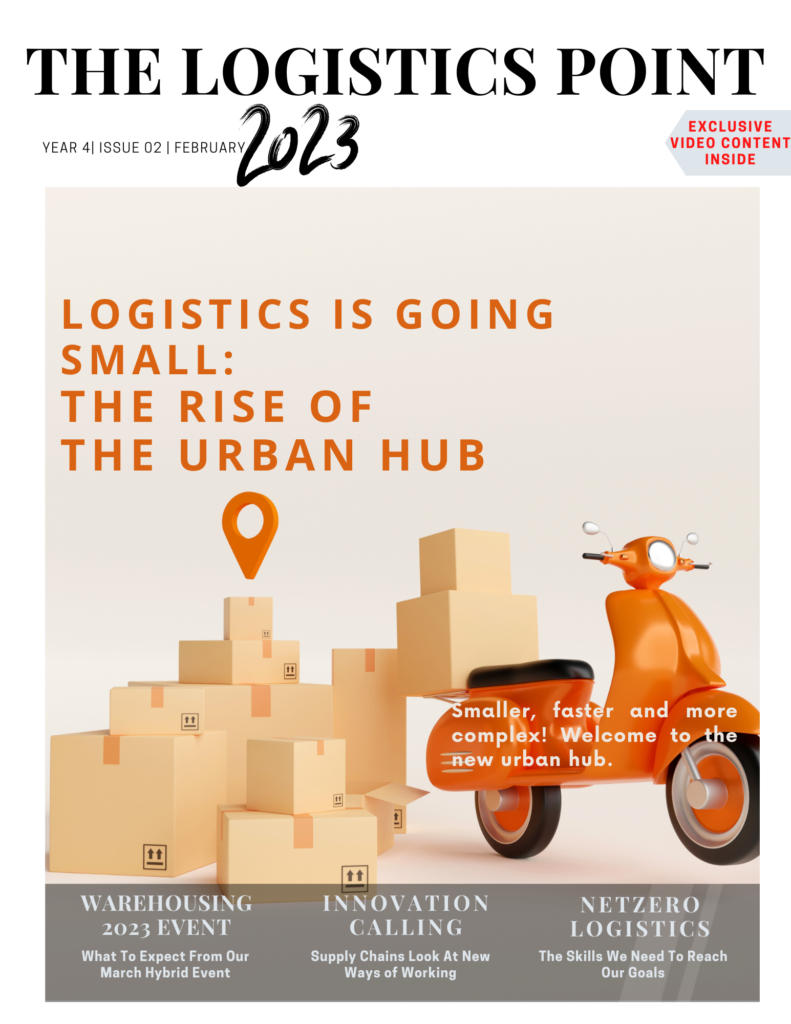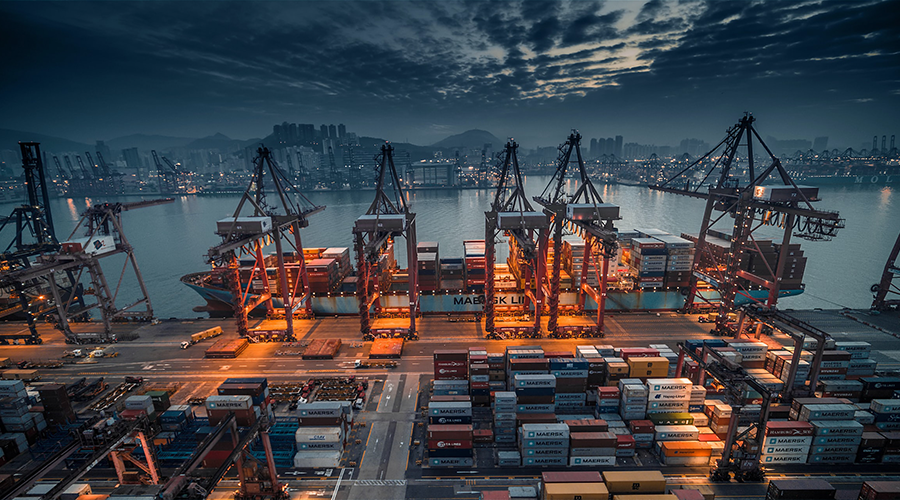After a tumultuous three years for global supply chains, ocean freight stakeholders are under pressure from shifting economic conditions, geopolitical influences and labour challenges going into 2023. That’s according to a new survey released today by leading real-time supply chain visibility provider FourKites.

The survey polled over 350 supply chain professionals to shed light on the top issues facing the ocean shipping industry. The survey revealed that the past few years of supply chain disruptions — including COVID-19, market volatility, global political conflict, material shortages and extreme weather events — have driven 73% of respondents to invest in supply chain visibility, with 46% planning to invest more in 2023.
“Shippers and other players in the supply chain ecosystem are getting smarter about allocations by tapping into more reliable and real-time data, instead of guessing,” said industry expert Chris Stauber, Founder of VentureSoftPM. “They want to know, for instance, what the risk-versus-reward will be for going to an extra port or country to move their containers, or for shifting from one supplier to three for raw supplies. Additional investment is required to get better data, but the value of that data brings a huge reduction in risk.”
Other key survey findings include:
- 50% of respondents reported having zero visibility into their ocean freight, with more than 20% relying on manual track-and-trace processes to track their ocean freight.
- More than half of respondents were most concerned about labour challenges, high shipping costs and impacts to customer service, with 35% also reporting concerns around congestion at the ports.
- 73% of respondents reported having some level of visibility into their over-the-road shipping.
The survey findings have been published in the report, The Great Reset: Ocean Shipping in a Post-Pandemic World. The report includes expert analysis on the current state of ocean shipping, predictions for 2023 and ways shippers can shore up their supply chains to build resilience for the future. Download a copy of the report here.
FourKites continues industry-leading ocean momentum
FourKites has seen continued growth in its ocean visibility business over the past year. The company now tracks 98% of global ocean container traffic across more than 270 lanes and 120 carriers, across every container port in North America and all major ports in Europe. Over the last 12 months, FourKites has tracked more than 1.3M ocean shipments — a 163% increase in ocean volume year-over-year — and has seen 70% growth in ocean customers year-over-year, with customers now including Cardinal Health, Arizona Tile, LyondellBasell, American Eagle Outfitters, McCain Foods, Roehm, Rove Concepts, Yamaha Motors and RCS Logistics.

A testament to the value of FourKites’ ocean visibility offerings, FourKites customer RCS Logistics reports that since deploying the FourKites platform — including the company’s groundbreaking Dynamic Ocean® solution — in Q3 2022 to track ocean, drayage and OTR shipments, the company has achieved 7x growth in its domestic transport services, while its ocean freight business has grown 12x.
“We are known in the industry as a leading air freight forwarder,” notes Brian Aldridge, Senior Vice President of Sales, at RCS. “With FourKites, we’ve been able to elevate our ocean freight experience and connect the dots with other modes to truly differentiate ourselves in the market. Our customers and partners appreciate FourKites’ simple, modern interface, and the transparency it creates across their supply chain.”
FourKites’ Dynamic Ocean gives customers end-to-end precision ocean freight tracking, the most accurate predictive ETAs, and can easily integrate with their existing TMS. Additional capabilities help international shippers identify and mitigate the risks and costs associated with runaway demurrage and detention fees, and proactively manage exceptions. These include exception dashboards, notifications and alerts; analytics dashboards; and the ability to monetise the potential and actual financial impact.


